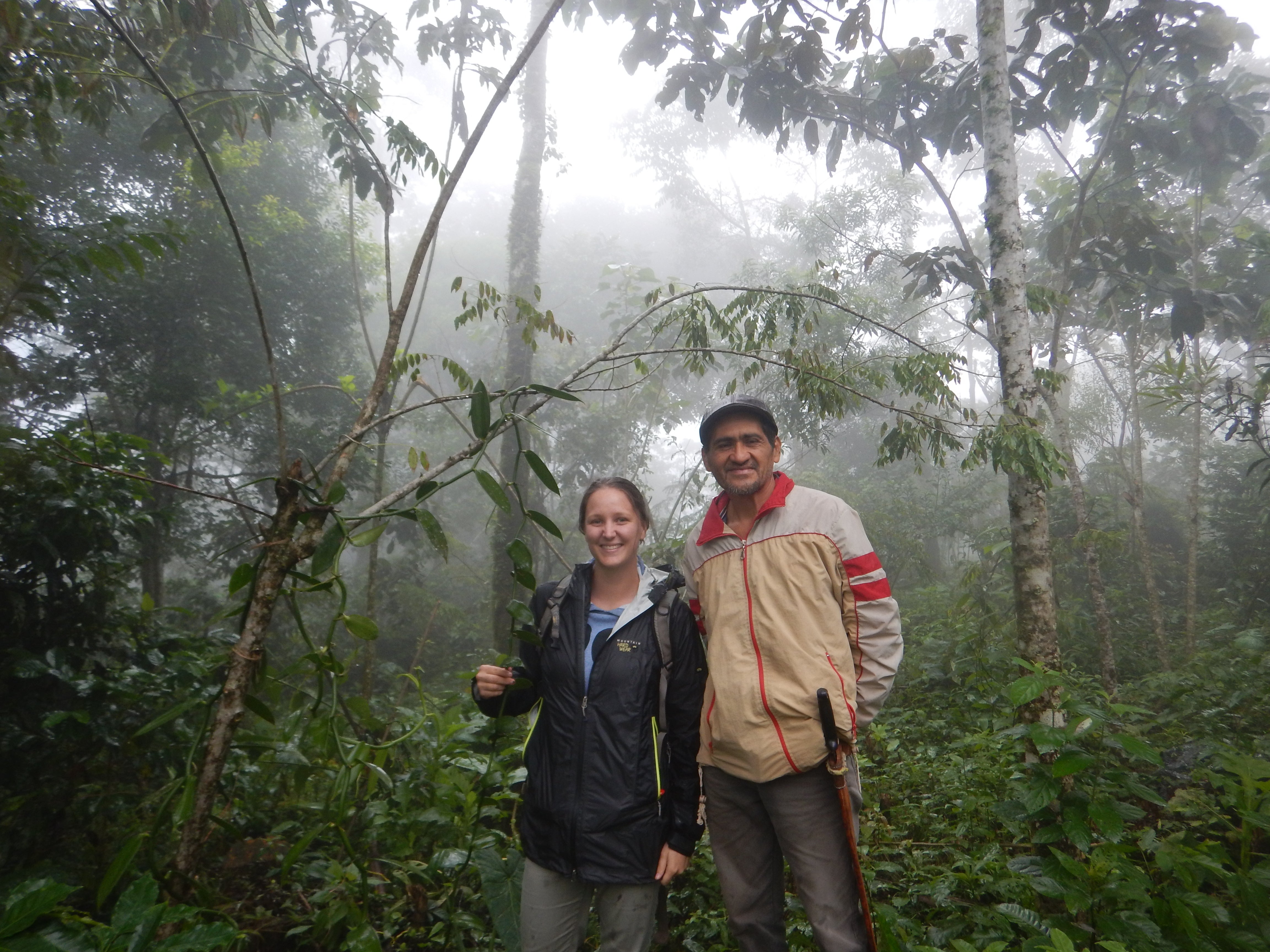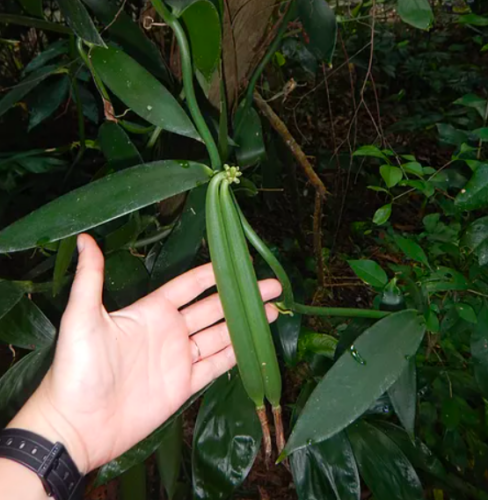
Vanilla is the world’s second most treasured spice after saffron. Questions surround the vine, a species of orchid that flavors or lends its aroma to everything from ice cream to hand lotion: Where does vanilla grow today? And how can researchers, governments and land managers protect this delicate crop from a changing climate and increasingly competitive and violent demand?

“Since vanilla is so expensive, when the fruits become ripe there’s thievery and murder for it,” said Paige Ellestad, a doctoral student in the Ecology, Evolution and Behavior program. “Farmers have to have somebody out in the field watching for weeks before they pick it.”
Ellestad has been passionate about tropical plants since childhood. She found the perfect opportunity at Boise State to research the complex biological and social sciences behind vanilla.
In recently published research, Ellestad and her colleagues established a new approach for ascertaining orchid’s geographical distribution across Mexico, Central and South America using open- source databases. This research will be crucial to informing future vanilla conservation and sustainable agriculture practices.